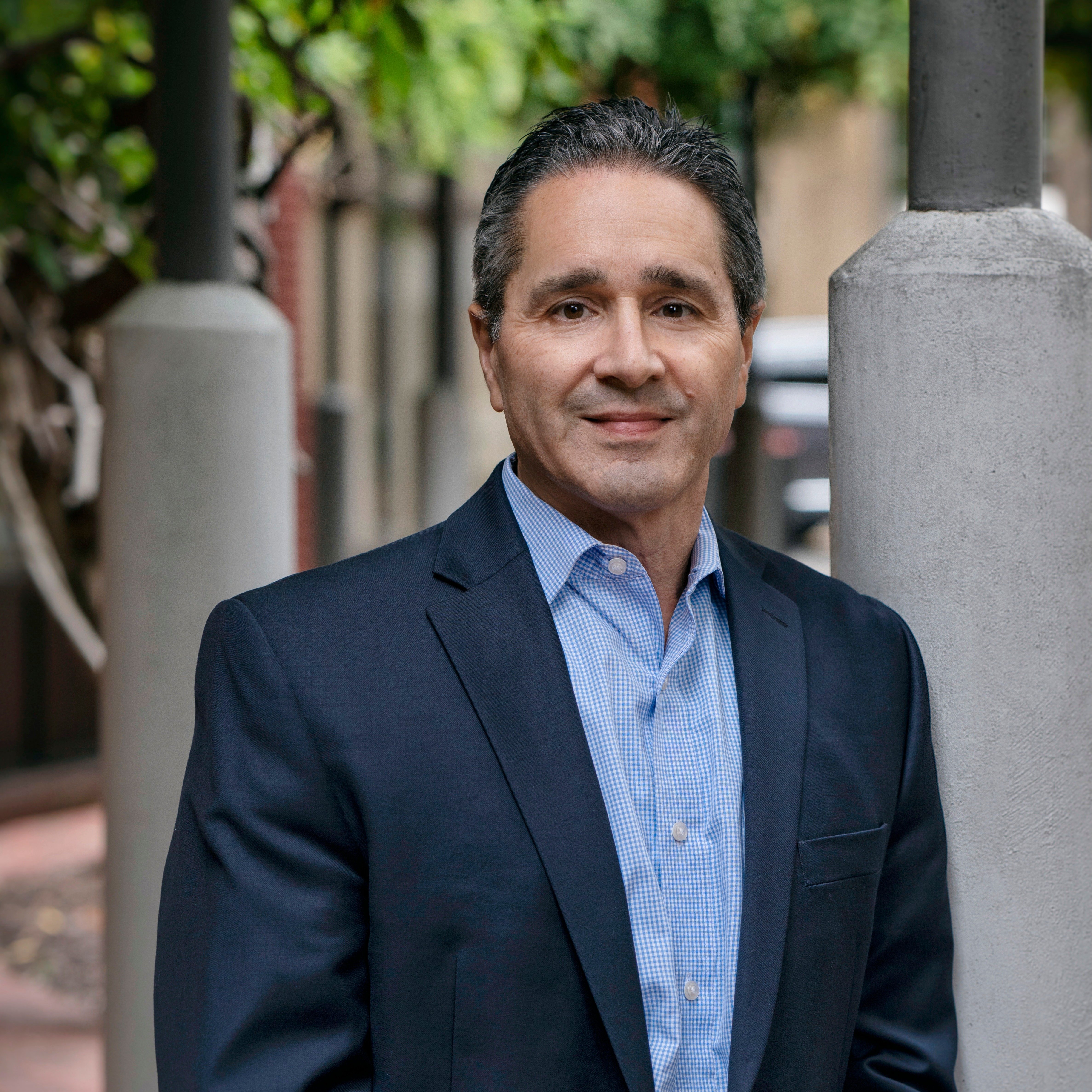It was another tough week for the markets – rehashing the numbers merely magnifies the pain, so let’s leave it at that. A positive to acknowledge: The U.S. economy entered this period of uncertainty from a position of strength. The economy was robust, the unemployment rate, at 3.5%, was at historic lows, the consumer balance sheet was strong, and consumer debt service – after years of refinancing – was at modern-era lows. We shudder at the thought of what the damage to the economy would have been if we had had to battle this pandemic in 2009 while our economy was suffering in the aftermath of the credit crisis. This outbreak is an external factor penetrating the economy; it is not a by-the-book recession that involves the economy bubbling and bursting internally with a grim recovery outlook due to the issues stemming from weak fundamentals. Fundamentals were strong and trending positive before this acute event, meaning, from an economic standpoint, we are in a position to weather this storm, regain strength, and eventually recover.







